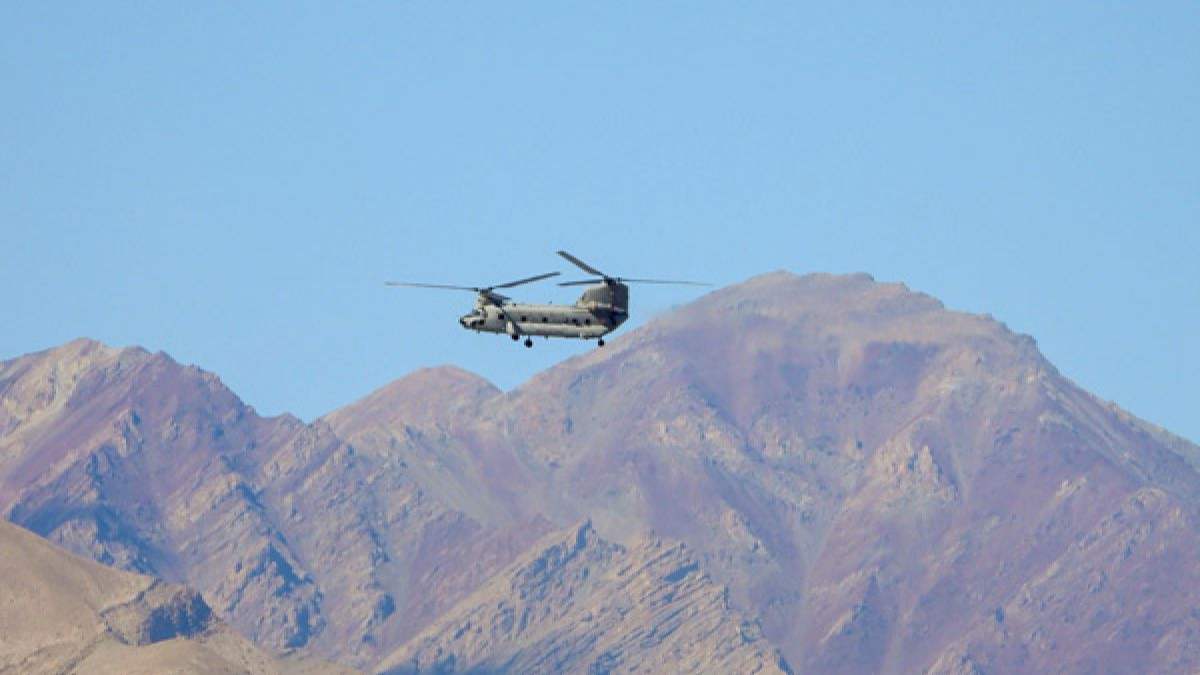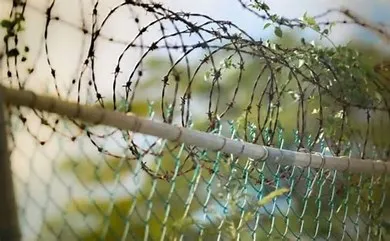China has started construction of at least 13 entirely new military positions including three air bases, five permanent air defence positions and five heliports near the Line of Actual Control (LAC) in the aftermath of the 2017 Doklam standoff, according to a report by global security consultancy Stratfor. The report also said construction on four of those new heliports started only after the current border standoff erupted in eastern Ladakh in early May.
“The 2017 Doklam crisis appears to have shifted China’s strategic objectives, with China more than doubling its total number of air bases, air defense positions, and heliports near the Indian border over the past three years,” it said.
The report—authored by security expert Sim Tack and released on Tuesday— said China’s construction drive projects a future military capability that will see long-term regional tensions with India sustained beyond the two countries’ recent standoffs.
“The timing of the Chinese build-up of military facilities along the border with India just prior to the ongoing Ladakh standoff suggests these border tensions are part of a much larger effort by China to assert control over its border regions,” said Sim Tack.
Significantly, China’s upgrade o f its military infrastructure is far from complete. “The expansion and construction of military infrastructure is in most cases still underway, so the Chinese military activity that we are seeing along the border with India today is only the beginning of a longer-term intent,” the report says.
The consequences of this for India, which has been involved in a violent faceoff with China in eastern Ladakh since early May, seem clear. “Once finished, this infrastructure will provide support for an even greater intensity of Chinese operations.”
The report—“A Military Drive Spells Out China’s Intent Along the Indian Border”—analysed that the rapid expansion of permanent Chinese military infrastructure points to Beijing’s intentions that span a wider timeframe than current and recent border standoffs. It said China’s strategy aims to confront India with an “insurmountable” challenge in territorial disputes by leaning on broad support capabilities that provide Beijing with a tremendous ability to mobilise forces into disputed border areas.
The report noted that such an approach is similar to China’s strategy in the South China Sea, where a buildup of permanent defense facilities supports Chinese localised military superiority and significantly raises the potential cost of military opposition to Beijing’s maritime claims.
“In applying this same strategy on the Indian border, China aims to discourage Indian resistance or military action during future border disputes by ostentatiously demonstrating its ability and intent to engage in military confrontations.”
The armies of the two countries have been locked in a fierce faceoff in eastern Ladakh since 5 May following a violent clash in the Galwan Valley.
With agency inputs























